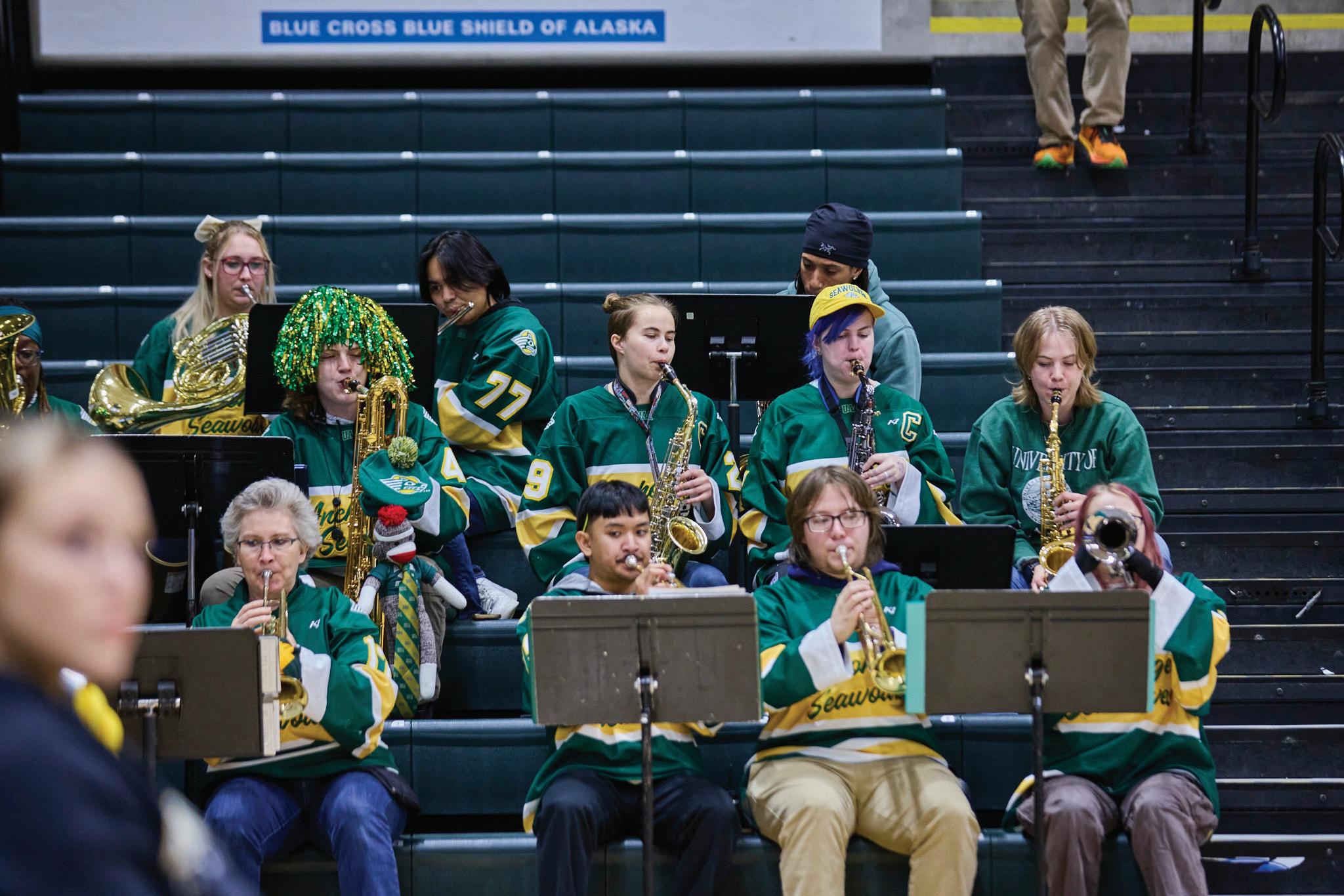




For the 36th anniversary, a run-down of the paper’s recent history by the current executive editor.
By Matthew Schmitz editor@thenorthernlight.org
My name is Matthew Schmitz, and I am the executive editor of UAA’s student-run newspaper, The Northern Light. I joined the paper in the spring of 2022 as a reporter; by fall I was executive editor.
They say people get promoted fast in a crisis, and that largely explains my rise in seven short months.
At the time, the story of The Northern Light was a common one: The pandemic had severely disrupted operations; student engagement was at an alltime low; and the skeleton crew working the paper was just trying to keep it afloat.
Jake Dye, the previous executive editor, witnessed a ray of hope as he successfully returned to printing that spring.
But Jake was graduating, and there weren’t many other options for executive editor. The other staff members were David Harding, who was also graduating, and Dylan Flos, an aviation major
who was more interested in flying airplanes than running a paper.
And honestly, who can blame him?
So, I applied for executive editor and got it. Thankfully, Jake helped me over the summer as I learned how to design a layout, edit stories and sell advertising.
Despite Jake’s help, I was acutely aware of the lost institutional knowledge.
When you get a job, you’re often surrounded by experienced staff who can help you learn the ropes. With the two most experienced people leaving and nearly all the work being remote, I felt like those normal opportunities to see “how it’s done around here” were missing.
So, I treated every instruction from Jake like a commandment. I read organizational documents — previous org charts, staff policies, job descriptions, etc. — like sacred texts, trying to piece together how to manage a newspaper.
I wasn’t entirely alone, though. I had my two ad-
visors: Zac Clark and Paola Banchero. And I’m eternally grateful for their guidance.
But The Northern Light is a student-run newspaper, which meant they could only offer advice; ultimately, it was my responsibility to make the decisions.
My original plan had been to stand the paper up and then retreat into a reporter position while I completed my journalism degree. But as the poem goes, “The best-laid plans of mice and men often go awry.”
I underestimated the complexity of trying to bring back all the aspects of an organization that had lost so much institutional knowledge. Aside from Dylan, every staff member going into that fall semester was new. Suddenly, I was trying to manage a group of people and do things I had only read and heard about.
Everything we did felt like breaking new ground: learning how to work together as a team, editing stories, promoting other leaders, selling advertising, pitching stories — all
while still largely working remotely.
Remote work continues to be one of the enduring blessings and curses of the pandemic.
I can’t emphasize enough my awe for how well the staff has coped with it. It’s an extraordinary skill we all had to learn, and it will serve us well for the rest of our lives.
But with remote work comes a lack of cohesion and the continued difficulty of rebuilding lost institutional knowledge.
We’re now spending more time in the office, but striking a balance remains hard. Still, we continue to adapt and only get better at managing it.
So where does the paper stand today? In better shape than I could have hoped for.
We have a staff of 19 people. We’re printing roughly every other week. We have a weekly email newsletter, new multimedia projects and we’re selling advertising space.
I owe a huge thanks to all the people who have been a part of bringing the paper back to life. I know
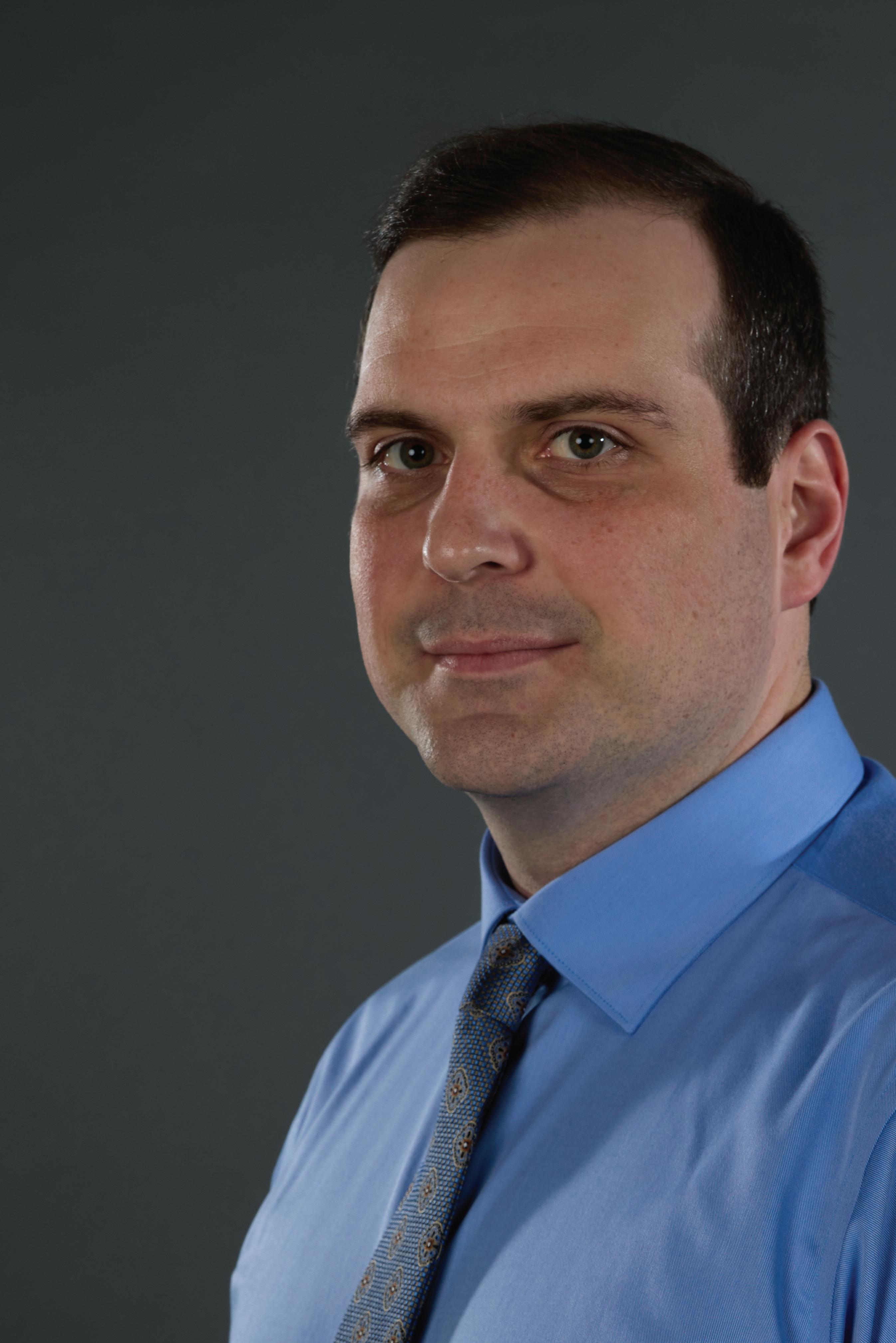
I’ve tried the staff’s patience — and my advisor’s patience — as I’ve experimented with different organizational schemes.
My biggest pride is that we have a staff that’s stepping up, coming together and taking ownership of The Northern Light. Their dedication has made this a success. All I can say to them is thank you.
By Scott Hobbs columnist1@thenorthernlight.org
When I began planning my schedule at the beginning of the semester, I looked to see what holidays were observed throughout, and I noticed something alarming — Indigenous Peoples’ Day is mentioned nowhere on the academic calendar.
This led me to dig deeper into the history of representation of Alaska Native students at UAA and to investigate where it stands today.
I set up an interview with Dr. Maria Williams, the current Alaska Native Studies Department chair. To put it bluntly, some improvements need to be made.
The beginning of our discussion revolved around what Alaska Native-focused programs and systems are in place at the university. I found out that there are many organizations and events that I was unaware of, and that’s because they aren’t particularly easy to find.
According to Dr. Williams, it has been an ongoing struggle for any Native Programs events to be featured within the College of Arts and Sciences newsletter — which is sent
out monthly and is the college which her department falls under.
I looked at their most recent newsletter, and sandwiched in the middle there is a brief mention of Indigenous Peoples’ Day and the activities being put on by the Native Programs on campus. Other than this little blurb smack dab in the middle of an email that is likely overlooked by many students — I overlooked it myself until it was mentioned to me by Dr. Williams — there is no mention of any other events that are taking place around campus.
This illustrates a major issue regarding the support given to Alaska Native organizations by university administration. While there are performative attempts that feign support — such as land acknowledgments and a few plaques that say “welcome” in different languages scattered around campus — there is no real follow-through from university administration on pleas for support from Native Programs and faculty.
This is highlighted by the mass exodus of Native Alaskan faculty from the university in recent years, many of whom cited a blatant lack of support and institutional rac-
ism as reasons for leaving UAA. Key among these departures was Dr. Jeane Breinig, who was the Associate Vice Chancellor for Alaska Natives and Diversity.
Laid out in her resignation memo are details of her position having devolved into a token Native figurehead and non-Native leadership holding more sway over decisions affecting Alaska Natives than her position — amongst other reasons for her decision to resign.
In other memos from faculty who resigned, there are mentions of microaggressions and blatant racism still present among some staff, decisions regarding programs being made without consulting Alaska Native faculty running the programs, and an overall lack of commitment to the Alaska Native population at the university and state by UAA.
This is a stark contrast to APU, UAS and UAF, which all have well-developed resources for students and faculty. These resources have largely come about simply because the respective universities wanted to support the Alaska Native students and faculty on their respective campuses.
At this point, the focus
of my conversation with Dr. Williams shifted to student retention data at UAA.
According to the UAA Office of Institutional Research, there has been a positive increase in Alaska Native students re-enrolling in part-time and full-time programs in recent years. However, the percentage of Alaska Native students retained still lags behind most other demographic groups cited in the retention data.
Dr. Williams noted that this is largely in part due to many Alaska Native students not feeling at home on campus. While services have been created to help mitigate this — such as Native Student Services, the Cama-i Room and ANSEP — they simply aren’t enough to fix the issue without direct support from administration.
Beyond a general lack of support from administration, these programs are all largely isolated from each other, making it more difficult for each to succeed in providing Alaska Native students with opportunities to thrive in a university environment.
Something positive that was mentioned in both my conversation with Dr. Williams and in a conversation I had with Dr.
Yatchmeneff — the Executive Director for Alaska Native Education and Outreach — is the current inclusion of the Alaska Native Studies credit requirement within all degree paths at UAA.
More recently, there has also been a small increase in engagement from administration towards Native Programs.
The newfound promotion of activities and greater exposure being given to Alaska Native programs is a step in the right direction for the university. It will need to continue in order to have a lasting and meaningful impact, but bringing greater visibility to these programs is deserved and should continue to be made a priority.
On the note of the Alaska Native Studies credit requirement, it is immensely valuable to all students attending the university. I was lucky to have a teacher who taught a rigorous Alaska Studies course. But a solid amount of students attending UAA from within the state haven’t had the same luxury and would benefit greatly from further education on the history of the Alaska Native peoples.
Beyond students attending UAA from Alaska, it is also exceedingly
beneficial for out-of-state students to be confronted with a history they have likely never been taught about before.
Overall, the ability for Alaska Native students to find success and a feeling of home on campus should not be placed squarely on the shoulders of faculty. Administration needs to ditch the belief that land acknowledgements fix the current situation and put a greater focus on supporting the monumental efforts that many Alaska Native programs around campus provide to students who attend the university.
Beyond this, continued steps need to be taken to promote Native Program activities to encourage attendance from a greater number of students to these events. Expanding Alaska Native Studies to offer more degrees and courses would also be beneficial.
While Alaska Native representation is not as abysmal as it has been in the past, these are all changes that need to be made to further representation on campus from its current state, and I hope that this article helps spur that change in the near future.
The Northern Light reached out for quotes from former employees about their experience and takeaways from their tenure at the paper. Here’s what they had to say.
By Kaitlyn Gaub admanager@thenorthernlight.org
“Some of my most memorable career experiences occurred at the UAA Voice. As a freshman, I leapt at the chance to become a staff writer — name in the masthead and everything! — for $1 an inch.
We typed our stories into an old IBM computer, which then spit out punch cards that were fed into a clunky, fill-the-room printer. Each week, we would slap some wax on that copy, stick it to the signatures and race across town to the web press.
I became the features editor the following year, then news editor.
In my senior year, Alaska Community College and UAA merged, including the two newspapers. While it was great to have competition on campus against the ACCent all those years, there was room for only one new newspaper. By the time students arrived back on campus in the fall, a select group of folks —- to include Pulitzer Prize-winning journalist John Strohmeyer —- had collaborated to create the new university weekly, The Northern Light.
I did not realize how much of an impact those allnight deadline benders, staff laughter, staff tears and the tireless pursuit of the truth would have on my professional years to follow. I treated the Northern Light like a true community newspaper, striving every week to scoop the ‘Big Guys,’ The Anchorage Times and the Anchorage Daily News. Some weeks we did, soundly. It remains a point of pride to be the founding editor of The Northern Light.
Those years forged my skills, and fanned my desire to remain in the newspaper business. Thanks to the sage words of Pulitzer Prize winners Wallace Allen and Strohmeyer, I was able to parlay my college newspaper experience into a career that has spanned some 35 years. I was hired upon graduation for the associate editor post at the Peninsula Clarion, then graduated to the outdoors editor at The Anchorage Times, shifted to associate editor of Rural Publications, then editor of Alaska Newspapers after the ADN bought out the Times in 1992. I started my company, Alaska Adventure Media, in 1999 and began publishing newspapers, visitor guides and flagship glossy magazines to include Alaska Coast magazine and Alaska Snowrider.
It’s been a great ride, and I humbly give thanks to the JPC (Journalism and Public Communications) professors at UAA, and the Voice and Northern Light.
Some of my most memorable stories while working at the university paper include: breaking a story involving a state legislator arrested for cocaine use in the Capitol; sending a team of reporters to cover the Exxon Valdez oil spill as it was happening; participating in a story exchange and in-depth coverage of Glasnost, to include flights to Vladivostok via Nome (and publishing back-to-back 64-page issues) and; working with a previous editor on a Valentine’s Day issue that had a condom glued to every issue of the 5,000-copy press run.”
- John Woodbury, Executive Editor 1988-89.
“Serving as the editor of The Northern Light was one of the most fun and rewarding ways I got involved at UAA. I started as an arts and entertainment reporter, which sharpened my communication and interview skills, later helping me land professional jobs. I graduated with a wealth of published work, a solid portfolio and a leadership position on my resume.
This experience, the department’s support, valuable resources and the friendships I built with staff laid a strong foundation for my career in digital media, where I now serve as a marketing director.”
- Gabby Vance, former Executive Editor 2019-2022.

“The Northern Light made me realize how much I love writing and taught me how to tell the stories I’ve
always wanted to tell. My editors (Caleigh Jensen and Cheyenne Mathews) always supported the pursuit of joy in my writing, and were always open to new ideas. If you love writing — or just have a story to tell — The Northern Light is where you wanna be!”
- Joey Carreon, former food and sports reporter and communications and social media staff 2018-2020.
“I sometimes cringe when I remember how terrible a leader and reporter I was during my TNL days. That’s the key to success. You should always cringe at how awful your work used to be.
Since TNL, my reporting has been featured in magazines, newspapers and over the airwaves throughout the country — NPR, USA Today and a handful of local news organizations. I’ve been a managing editor and associate editor. But reporting is so much more fun.
I currently work at The Cincinnati Enquirer where I focus on enterprise pieces in Northern Kentucky.
I wish I could remember articles I wrote in college but the news cycle moves fast. I’m drawing a blank.
My tip for aspiring reporters: learn to give kindness and compassion. I know that’s easier said than done. It’s taken me decades to learn how to do it honestly.
Journalism has been a wild ride. I still think it’s the best job in the world.”
- Jolene Almendarez, former Managing and Executive Editor.
“I worked at TNL during kind of an odd time, as it struggled to recover alongside students only just returning to campus after so much was closed during the COVID-19 pandemic. Despite that, I cherished my short time at the helm of the paper, as we all worked together to figure out what it should look like in the 2020s. At TNL, I got experience conducting interviews, exploring issues and — closest to my heart — covering the arts and the cool things my fellow UAA students were doing. It also pushed me way out of my comfort zone to cover things like sports and politics. All that work prepared me to hit the ground running when I started covering the Kenai Peninsula as a general assignment reporter for the Peninsula Clarion, a job I started while still working as TNL’s executive editor and persist in two years later.
A story that’s stuck with me is the feature that I did on UAA’s gymnastics team returning to competition after being eliminated by the UA Board of Regents and losing years to the COVID-19 pandemic, it was the front page story on the first print edition of the paper that we produced, in February 2022, after going digital-only in March 2020. It’s headline is also way too long and someone really should have called me out on that.”
- Jake Dye, former Arts and Entertainment Reporter and Executive Editor 2019-2022.
“The Northern Light was like my second home while I was attending UAA. I met some of my best friends there. We had an amazing team of creative and hardworking students. I learned a lot about managing a staff. We had about 25 staff and freelancers, and so there were a lot of personalities and details to navigate. Being a student leader definitely tested my patience, while also making my life meaningful. We all held each other to a very high standard ethically and journalistically. We produced an exceptional paper and we were all very proud of it. The Northern Light gives voice to students on campus but also within the Anchorage community. It has the ability to hold administration and fellow student leaders accountable. The paper gives students valuable information that helps them make the most of their education, stay safe on campus and weigh in on issues that impact them. TNL was a start to my lifelong love of journalism and dedication to the profession. Cheers to independent student news in Anchorage!”

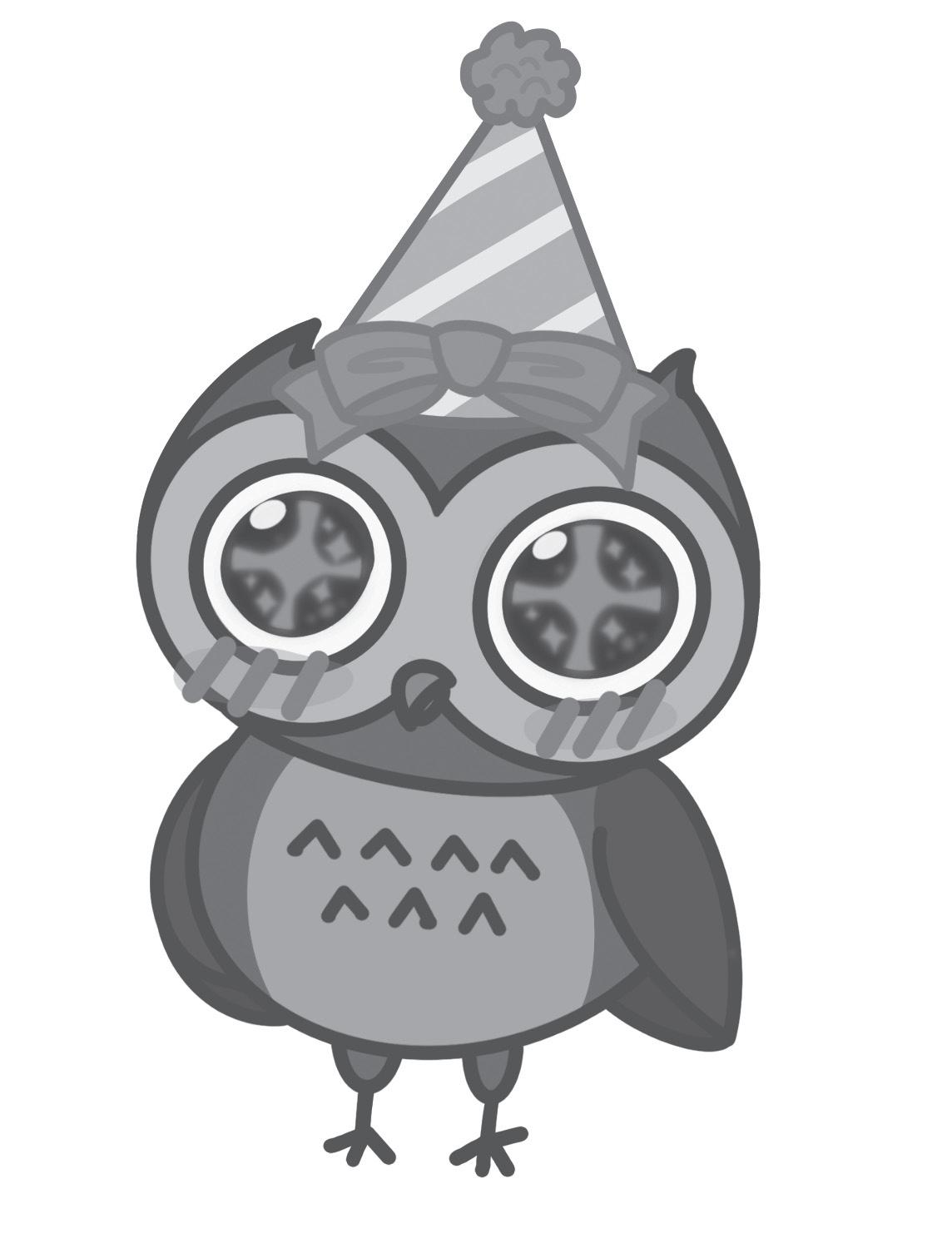
“My experience with The Northern Light has afforded me many opportunities. My ability to communicate effectively and be a strong leader, skills I honed at TNL, have benefited me greatly in pursuing a Ph.D. in biology and my career. I have loved combining science and communications. In fact, I will soon be starting a new role as the public information officer for the Department of Environmental Conservation, where I will get to do both. My proudest TNL achievement, however, is seeing where all the staff I shared my tenure with are now. They are doing incredible things, and the success of all TNL alums should be celebrated during the 36th anniversary. The professional excellence that TNL and the advisors have fostered is truly remarkable. A massive shoutout to Paola Banchero, Annie Route and Zac Clark for their guidance. I am also grateful to my managing editors, Kierra Hammons, Tulsi Kamath and Samantha Davenport, and my staff; you inspired me so much every day and continue to do so.”
- Kelly Ireland, former Arts and Entertainment Editor and Executive Editor 2013-2016.
“I was with The Northern Light in some capacity for over three years, and it was an amazing practical learning experience. I started as copy editor, then wrote some reviews, started doing layout, and ended up put in charge for two years. During that time we expanded into a local paper that won awards locally over other professional outlets (even ADN), and was nominated for national awards.
I worked with dozens of amazing students in that time and always strived to make it a true student paper, letting everyone follow their instincts and passions without undue interference or micromanaging.
I learned that when you let people take full ownership of their work, you can get something special. Learning to work as a collaborative team with so many diverse members was the best thing I took from my time at TNL, and helped me be a better team member and leader in every step of my career afterward.
I can’t stress enough how fulfilling my time at TNL was, and encourage anyone — not just journalism students, but writers, artists, photographers, storytellers — to see if The Northern Light might be a good fit for them as well.”
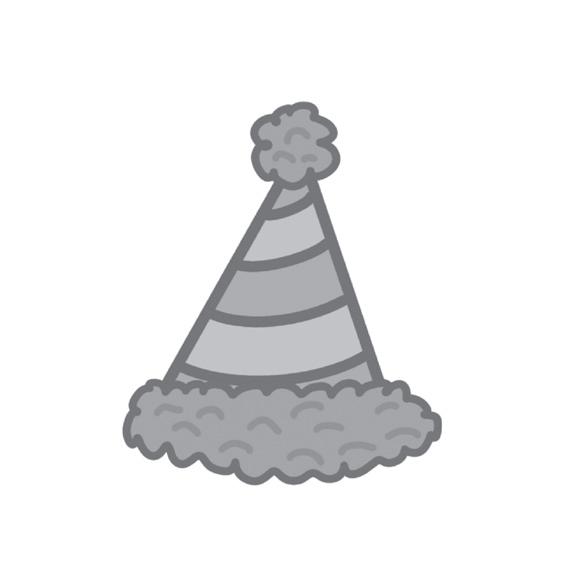
- Rosey Robards, former Executive Editor 2001-2005.
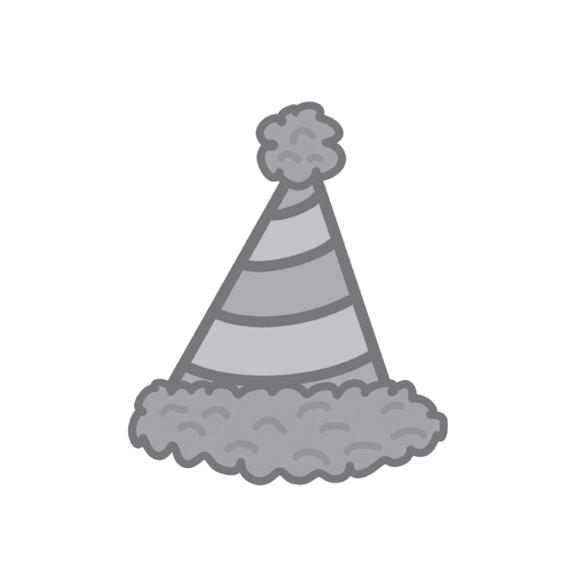
- Aaron Burkhart, former Copy Editor, Layout Edi tor, and Executive Editor 2005-2008.
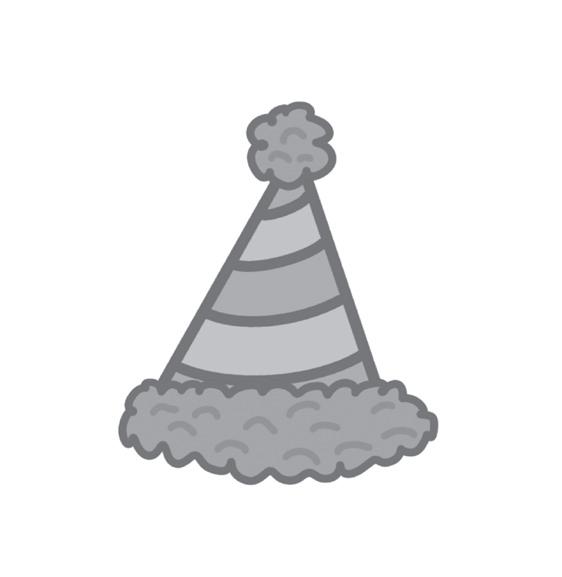
By Sarah Bennett
UAA partnered with Skinny Raven for the UAA Spirit Run: Run Against Hunger on Sept. 28, to hold its annual 5K community event to raise money for food insecurity. The event raised $2,914 to support the UAA Food Insecurity fund through programs such as the Seawolf Food Pantry.
According to Seawolf Dining, there were a total of 110 registered runners that participated in the run. UAA Seawolf Catering provided drinks and snacks for after the race. UAA radio station KRUA 88.1 FM provided music for the event.
In a follow-up email, Trenton Hall wrote that “studies show that nearly 45% of students at UAA experience some type of food insecurity.” Any student looking for a three-day supply of shelf-stable food can email uaa_seawolfpantry@alaska.edu. If you are interested in donating, you can also email the Seawolf pantry.
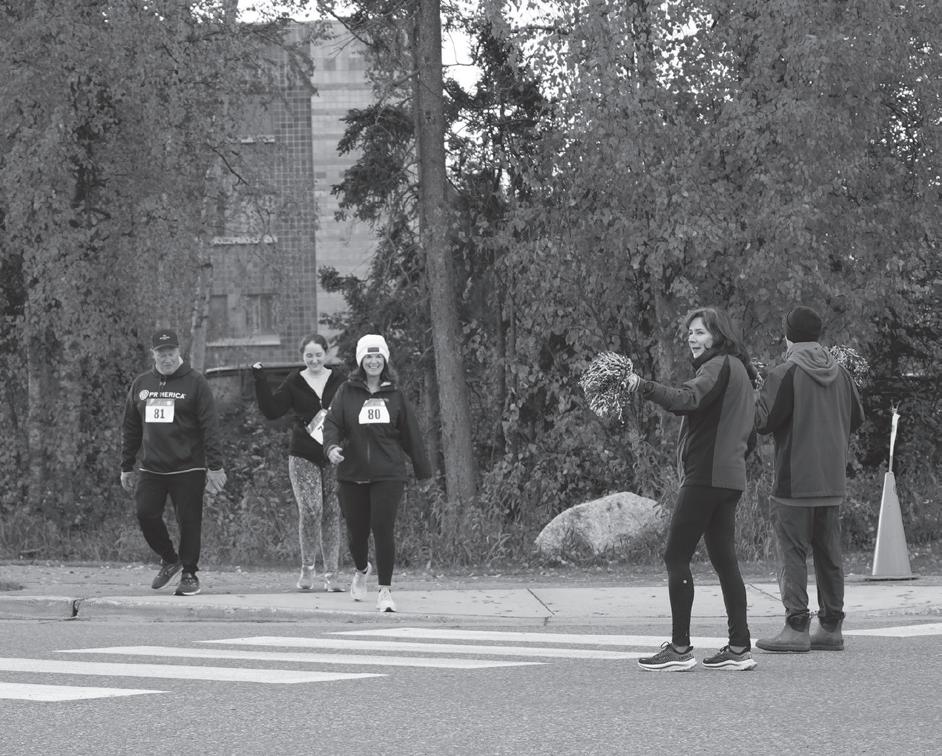




By Vadim Bledsoe video2@thenorthernlight.org
The Anchorage Museum hosted the monthly first friday with free admission with live music, events and galleries with the special cultural event “Nuestra Huella.”

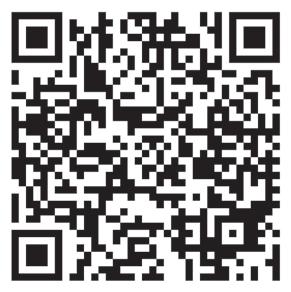
By Anja Burnett video1@thenorthernlight.org
A bakery cart hosted by UAA’s culinary arts department is in service from Sept. 6 to Oct. 17 on Thursdays and Fridays. The Bakery Cart is located in Lucy’s restaurant inside Cuddy Hall. The Bakery Cart strives to teach culinary students about lessening waste and the importance of serving local customers at low prices.
The Bakery Cart’s offerings range from $3-5 for sweets and $10-15 for lunchbox meals.
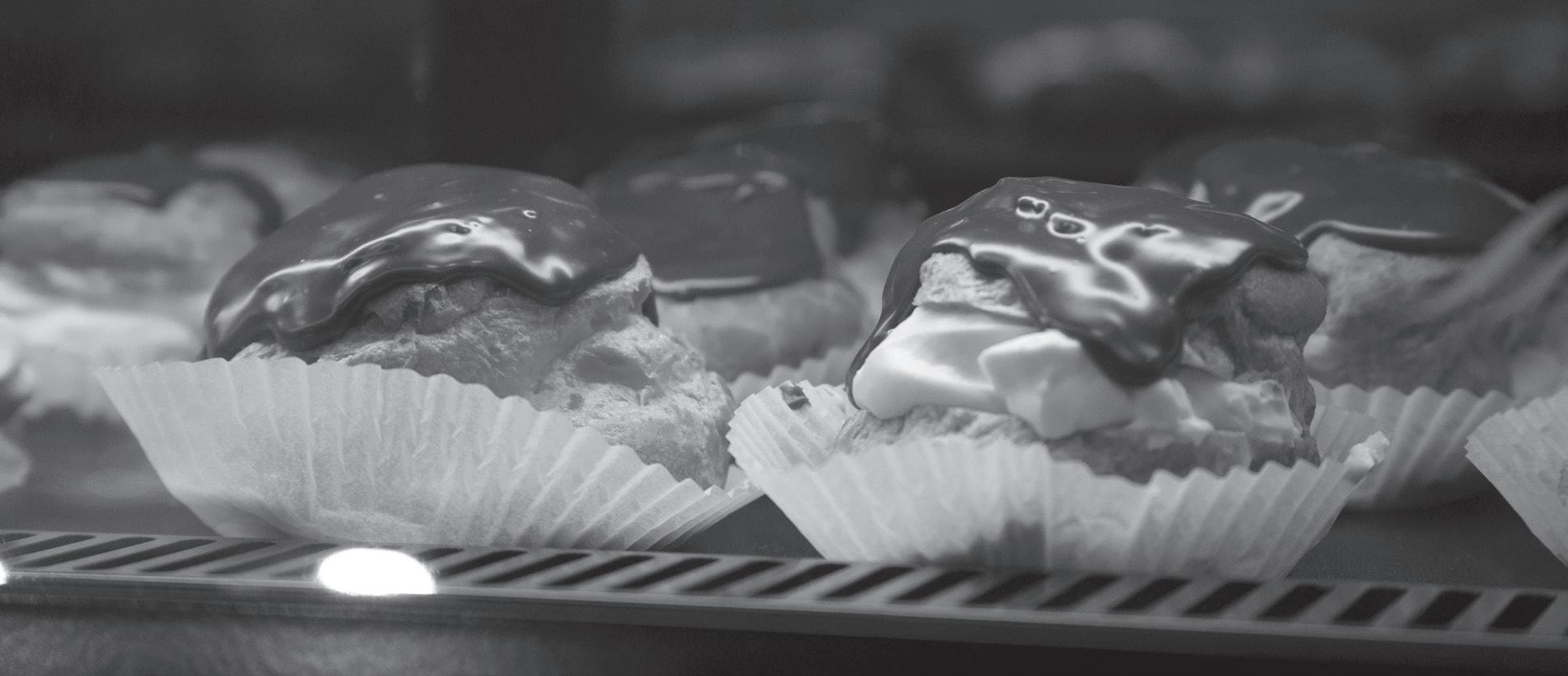
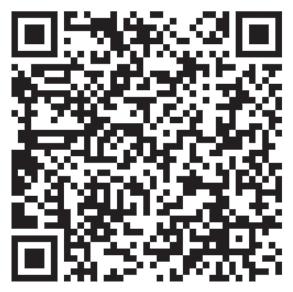
By Scott Hobbs columnist1@thenorthernlight.org
Chances are, if you’ve lived in Alaska long enough, you’ve enjoyed a meal or drink made by the Tooth establishments. You know the ones: Moose’s Tooth, Bear Tooth and Broken Tooth. Each of these restaurants bring different things to the table, and I have never in my memory had a bad meal or drink from any of them.
While I will cover Moose’s Tooth and the Bear Tooth Theatrepub & Cafe eventually, I want to focus on the grill side of Bear Tooth for this column. I had never eaten at the grill, and I can say with full confidence that I’ve been missing out on incredible food for the 17 years I hadn’t eaten there — and you are too if you’ve never been.
Bear Tooth Grill does not serve pizza like its counterparts, instead opting for an inspired menu with burgers, tacos, salads and more. They have a rotating special menu that changes on the first of every month, with those dishes being served until they run out and becoming available again once they restock ingredients.
On this particular visit, the specials included Turkish meatballs, a reuben, and tri-tip tacos, along with a dessert special of bourbon peach bread pudding.
One thing I really appreciate about the food at this restaurant is how much depth of flavor

there is in each of the meals I have tried. As my grandmother would say, “Every bite makes your mouth happy.” This depth of flavor extends to meals that are made with dietary restrictions in mind as well, with the whole menu being robust in delicious options no matter what meal you choose.
This is definitely a restaurant that you need to call ahead for most nights of the week to see if there will be a wait or not.
Sometimes you can get lucky and they won’t be slammed on a Friday night — typically when the weather is nice out or when the tourists are busy doing something around town. More often than not, however, if you go in during normal brunch,
lunch or dinner hours and you haven’t called ahead you’ll need to wait a solid 15 to 30 minutes for a table.
That being said, if you have the time to wait, it is worth the wait and cost.
The cost of the food at the Bear Tooth Grill is definitely a bit on the spendier side if you’re planning on getting a full meal. An appetizer, drink and entree will probably cost $40 before tip, but the quality of the food is well above that price point.
An amazing meal that I can almost never get away from ordering is the Banh Mi Burger with garlic cilantro fries. A pork-beef mix patty with sriracha aioli, jalapeño-cabbage slaw, and pickled red onion, it’s
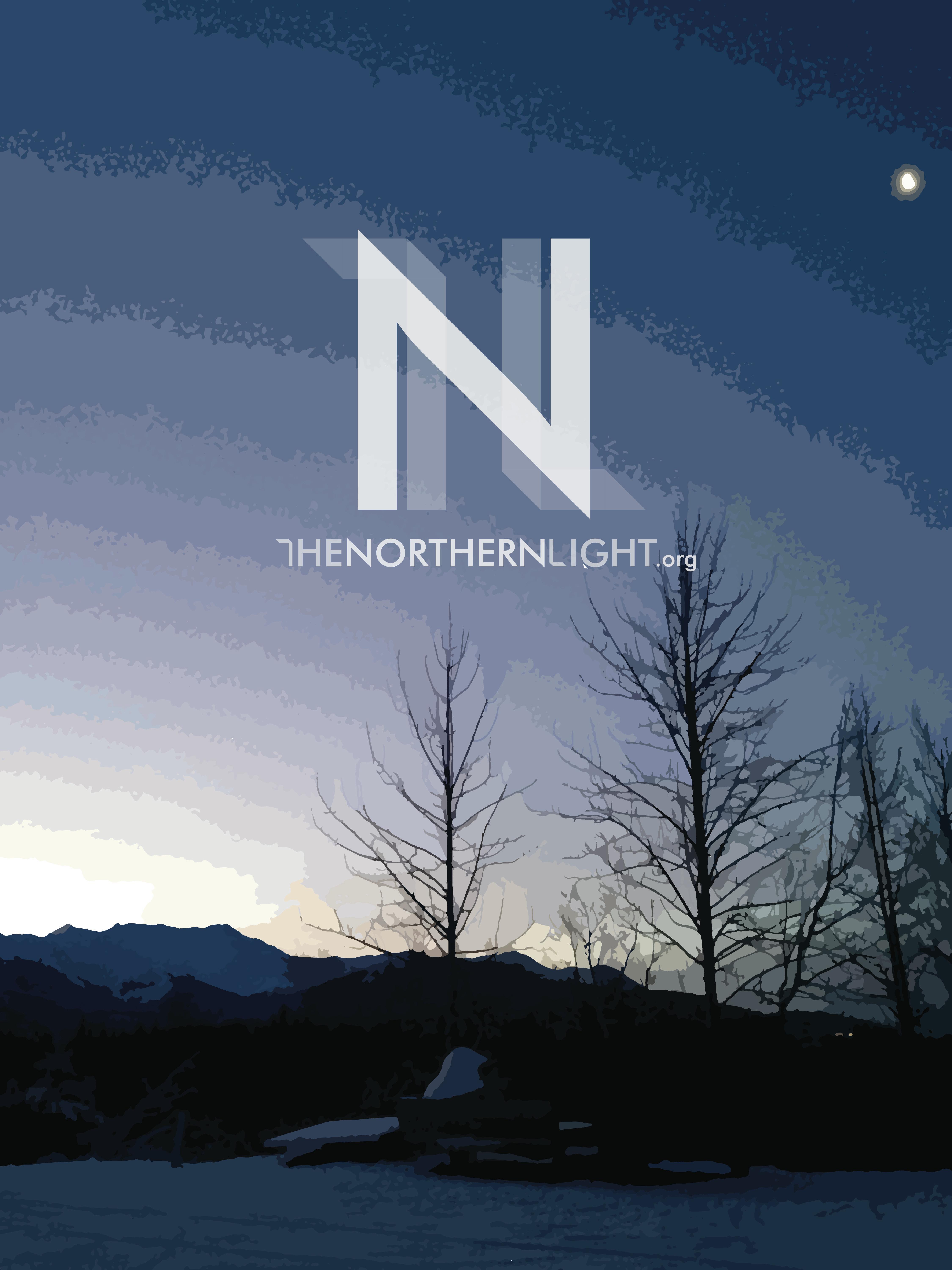
especially flavorful and has a bit of a kick to it.
More recently, though, I’ve been getting the Korean Steak bowl — which is definitely enough food for two, but sometimes I just can’t help devouring the whole bowl. With rice, pickled red onion, cucumber, carrot, red cabbage, green onion, a gochujang-sesame sauce, and sesame seed and cilantro to garnish, this bowl is jam packed with texture and deliciousness.
What I’ve found myself enjoying more recently is going to Bear Tooth for brunch in the late morning, as there is typically no wait for a table and their brunch offerings are to die for.
My personal favorite is the Bear Tooth Benny, a spicy take on a
classic breakfast staple of eggs benedict. Poached eggs, Anaheim pepper, recado ham, and chipotle hollandaise take center stage, with the mix of egg yolk and hollandaise left in the wake of eating pairing incredibly well with the fried potatoes that accompany the dish.
I also appreciate the atmosphere of the grill, as it never feels overwhelming eating there no matter how busy it gets. Even if you’re at a table in the middle of the floor and not in a booth, you can always hear yourself think — as well as hear whoever you’re eating with relatively easily. The music isn’t too loud, the decorations not too overbearing and generally it’s always a pleasant dining experience.
Another thing I will give Bear Tooth credit for is the size of the appetizers relative to the cost. If you come in with a big party, you can order one or two appetizers and likely still come away with leftovers from whatever else you order, for around a cost of $30 if you split the appetizer cost between everyone.
The Bear Tooth Grill is not a restaurant I go to frequently, partially because of the cost, and partially because it tends to be a restaurant you need to make plans for. With that said, it’s near the top of my list of places to go to when I want to treat myself, and when I do make plans to go I’m never disappointed.
The food and drinks at any time of day are amazing and it’s a great place to go by yourself or with your whole posse in tow. I can’t recommend it more highly. If you have the time and are looking to treat yourself to an amazing meal, Bear Tooth Grill is a great pick.
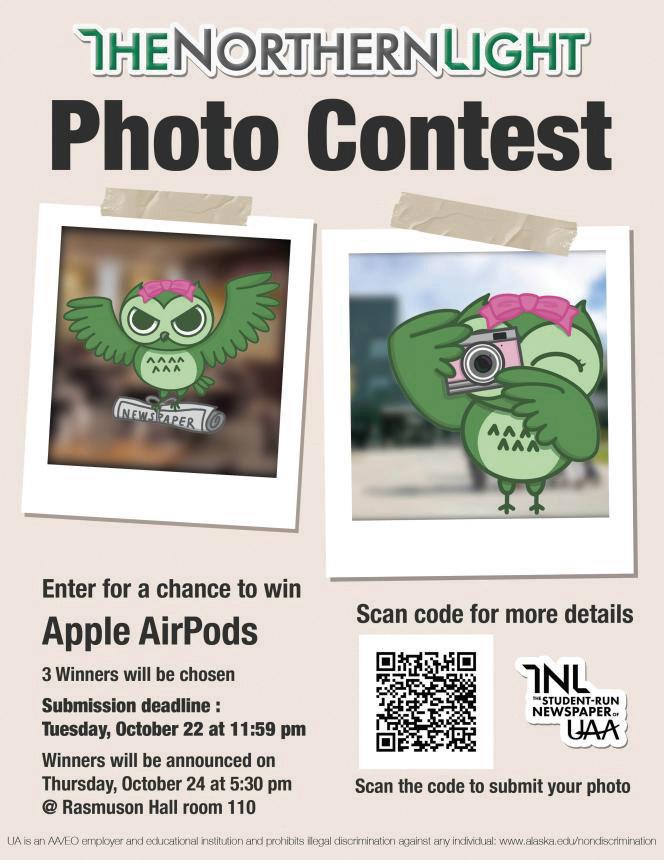
By Scott Hobbs columnist1@thenorthernlight.org
I have fond memories of Flash games. I spent countless hours on Kongregate and Cool Math Games playing all sorts of different games to pass the time in school or at home. But after a while, I started to grow out of playing most of them. Here and there I would spend a bit of time playing them to recapture a bit of nostalgia, but I didn’t play most of them frequently until Adobe announced it was shutting down Flash.
One series that has its beginnings deeply rooted in the history of Flash games has always stuck with me, and with the current game being the last in the series, I wanted to put it in the spotlight: “Bloons Tower Defense 6” — “BTD6.”
The premise is simple: You must keep the balloons — referred to as bloons — from reaching the end of the track with the resources available to you. This is the same format that normal tower-defense games adhere to.
Bloons are an evil species that resemble balloons who seek to destroy
the monkeys’ village. It is up to the player to keep that from happening by placing monkey defenses around the track to destroy the oncoming waves of bloons.
Each monkey has different ways of popping balloons, from boomerangs and guns to magic and tacks. There are 24 unique monkeys in total, with each monkey having three upgrade paths that can be invested in — changing how they interact with bloons and how many they can pop.
Beyond the standard 24 monkeys, you can select one hero monkey that only costs in-game currency to be placed on the map, and upgrades itself over the course of defending the monkey village.
There are also different kinds of bloons, with some being camouflaged, some made of materials other than rubber and some being blimps. These all require different methods to pop, hence the reason for each monkey having different upgrade paths to change how they operate.
While the game is simple in concept and highly repetitive, it’s easy to get sucked into the complexi-
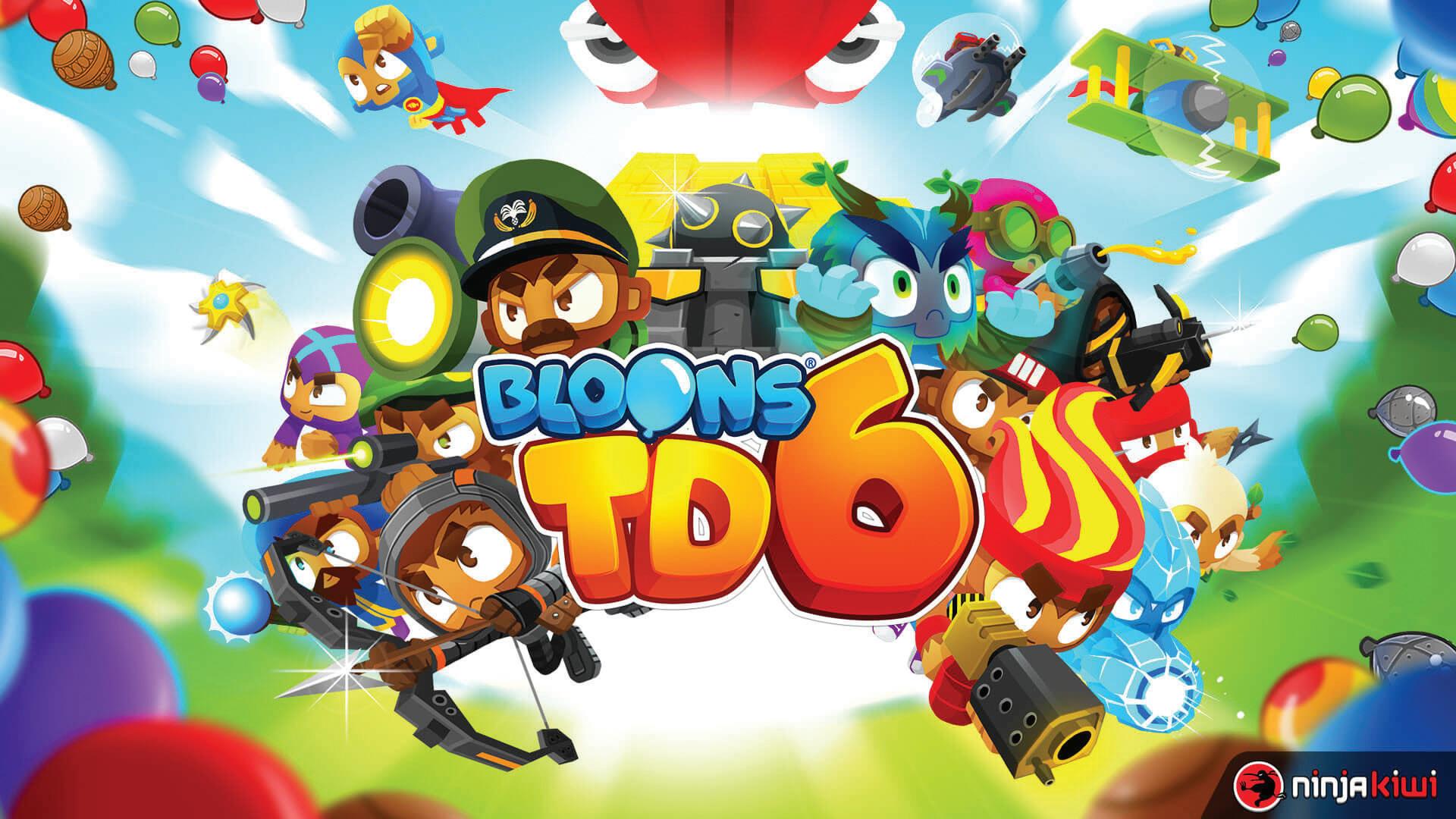
ty of different map setups, combinations of monkeys, and earning medals on every map.
Each map has three standard difficulties — easy, medium and hard — and within those difficulties are different bonus challenges for that specific playthrough of the map. If you complete a map and those challenges, you earn a medal. With 82 maps in the game, and each map having 14 medals, there is a grand total of 1,148 medals to be earned between all the maps.
A new addition to “BTD6” is a progression tree, with monkey knowledge being earned at different milestones that you can use to upgrade the paths of the four types of monkeys — primary, military, magic and support.
What keeps me playing is how many devices I can play it on. It is playable on some consoles, PC and even mobile devices, with the price ranging from $7 on mobile to $30 on console. I love playing it on my setup at home while also having the ability to keep playing it during a multi-hour flight or drive on my phone or tablet.
While some games with this range of platform accessibility would make you have different save files on every platform you play on, “BTD6” allows you to transfer saves across all platforms you play on.
It’s a game you can easily pick up for a quick run of a map, or you can spend hours theory crafting combinations of monkeys and trying to get to the
highest round possible before the bloons inevitably overwhelm your defenses.
Despite releasing in 2018, “BTD6” — along with previous series entry, “BTD5” — still receives regular updates from Ninjakiwi. Their goal is to make “BTD6” the definitive game of the series, which they have so far succeeded at through various game ideas along with consistent updates.
With as many hours as I’ve put in, there are still so many parts of the game that I haven’t gotten into playing, such as Odyssey, various boss events and Contested Territory. These are all different takes on the standard formula of the game that help make playing the same maps with the same monkeys feel less repetitive by adding a competitive element in addition to occasionally restricting what monkeys you can and cannot use.
My one complaint with “BTD6” is how long it can take to fully unlock all of the monkeys. You progressively unlock monkeys as you play, and unlock upgrades on each monkey’s upgrade path as you use that monkey ingame. This can get tedious
fast, as unlocking five tiers of three upgrade paths for 24 monkeys — along with some monkeys having a sixth “paragon” tier — takes forever.
However, there are ways to optimize this process, and once you unlock the paths for most monkeys, you only have to grind out unlocks when Ninjakiwi adds a new monkey.
Overall, “BTD6” is solid and an amazing time killer. It is highly replayable, but also allows for a large amount of depth in how you can combine monkeys to attack on different maps. The constraints of map challenges — as well as different achievements for beating maps in specific ways — make you think outside the box and keep the game from getting too old too fast.
While many fans of the game still hold out for a seventh entry in the series, I wouldn’t be too upset if “BTD6” was the last game. It feels definitive, and a lot of love has been poured into continuing to make this game the best of the series. Whether you’re a big fan of monkeys or just looking for an incredibly solid tower defense game, this is a game you might want to check out.

By Linnaea Gossard layout@thenorthernlight.org

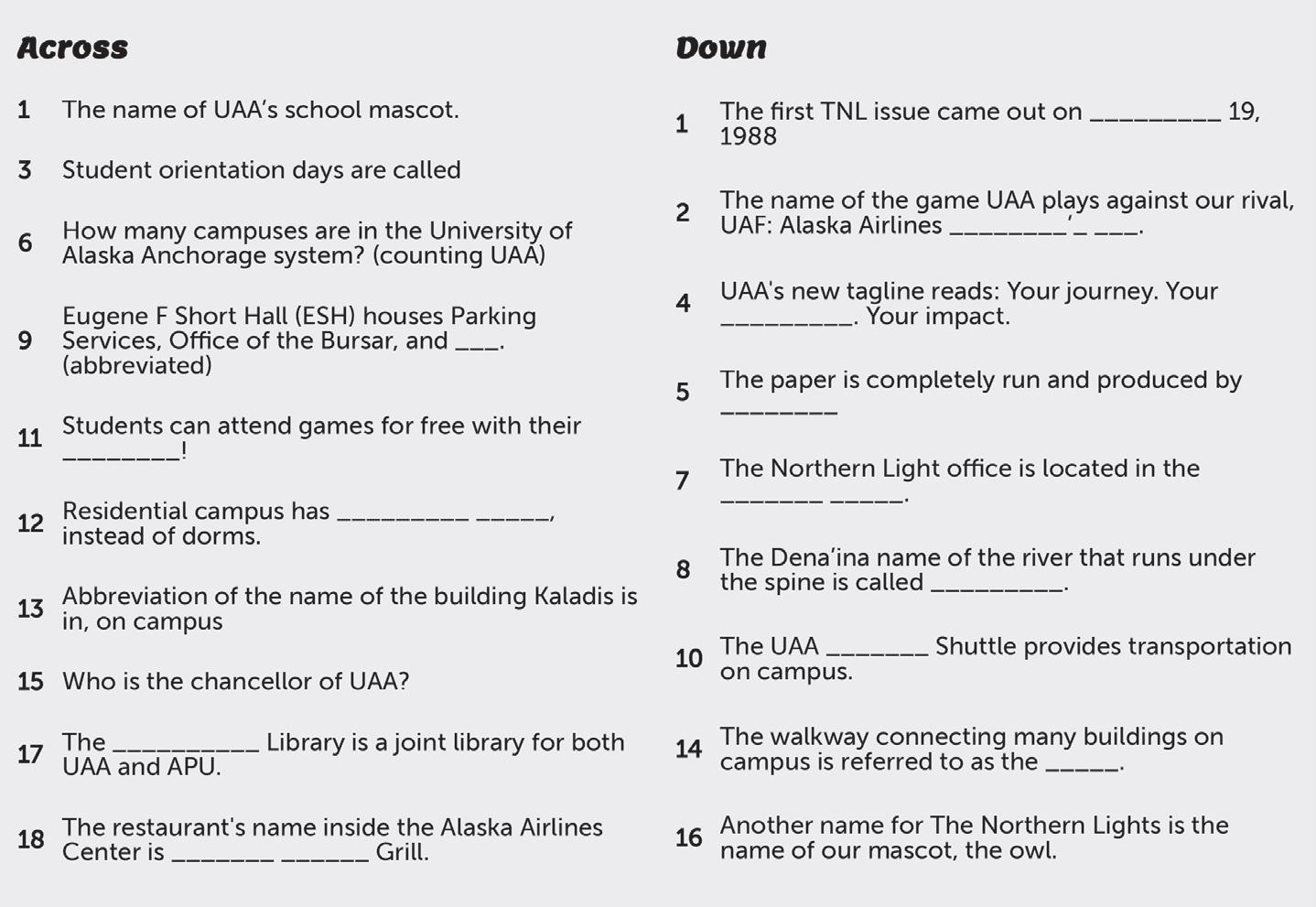
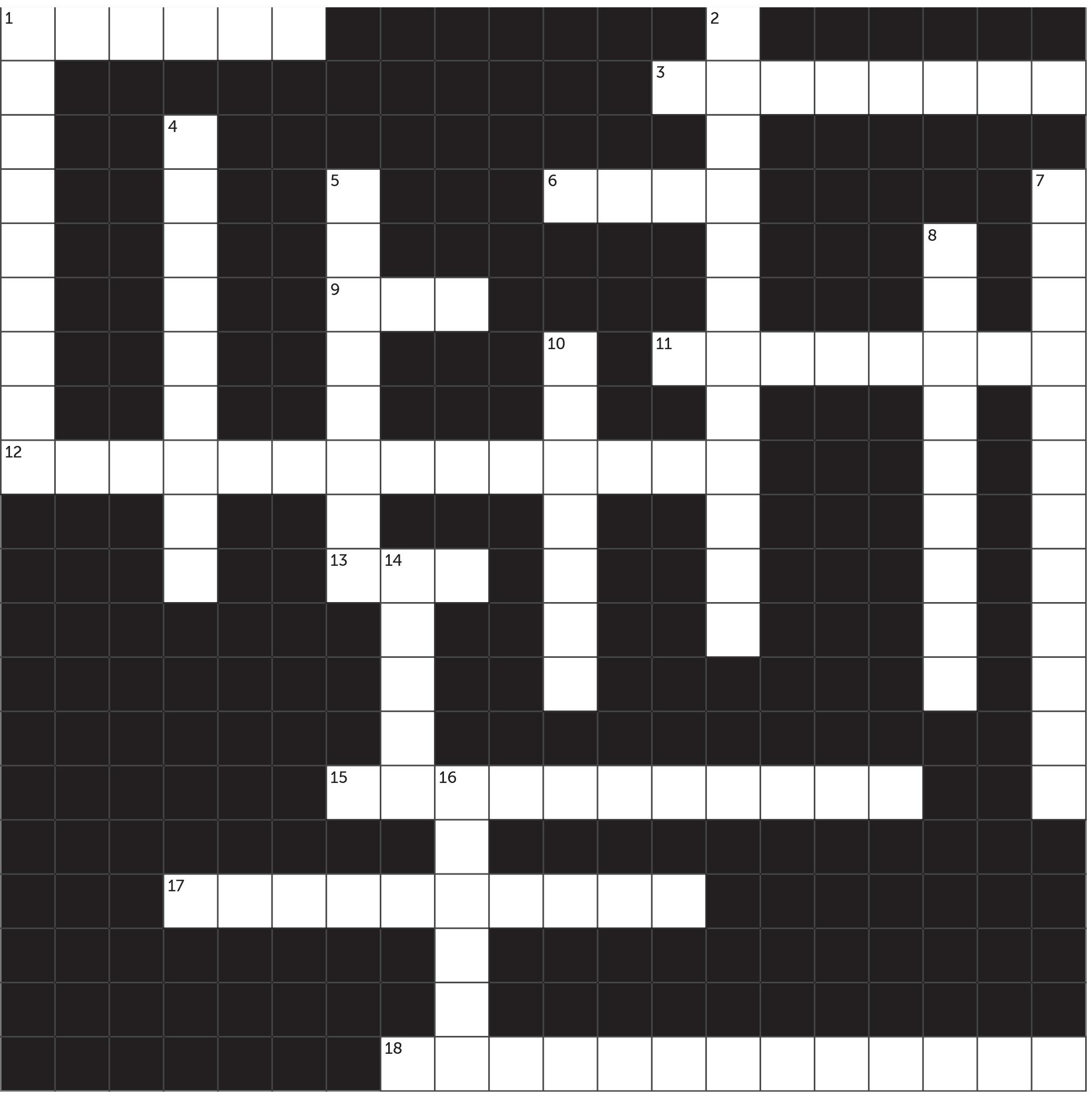
The Northern Light is UAA’s student-run newspaper, and we’re celebrating 36 years of student journalism at UAA in October with a week of events!
By Matthew Schmitz editor@thenorthernlight.org
The Northern Light is celebrating its 36th Anniversary in October, and all the events are free for UAA students to attend.
In addition to the events, there is a photo contest. Click here to enter your submission to win a pair of Apple AirPods and get your photo published in The Northern Light. Winners will be announced at the movie screening of “She Said’ on October 24th.
Free Pizza with The Northern Light
October 22nd, 11 a.m. - 1 p.m.
Rasmuson Hall and Social Science Building
TNL staff will be feeding hungry Seawolves free pizza in the lobbies of Rasmuson Hall and the Social Science Building.
Photography Workshop with James
Evans
October 23nd, 4 - 5 p.m.
Social Science Building room 118
UAA Photographer James Evans is an award-winning TNL alumnus. He will be giving a talk about how to improve your photography.
“She Said” Movie Screening with Free Pizza
October 24th, 5:30 - 8 p.m.
Rasmuson Hall room 110
The Northern Light and Student Activities will be screening “She Said.” The movie follows two New York Times journalists whose reporting helped bring justice to Harvey Weinstein, a notorious Hollywood executive whose sexual assaults had been an open secret for years.
Winners for the photo contest will also be announced at the screening.
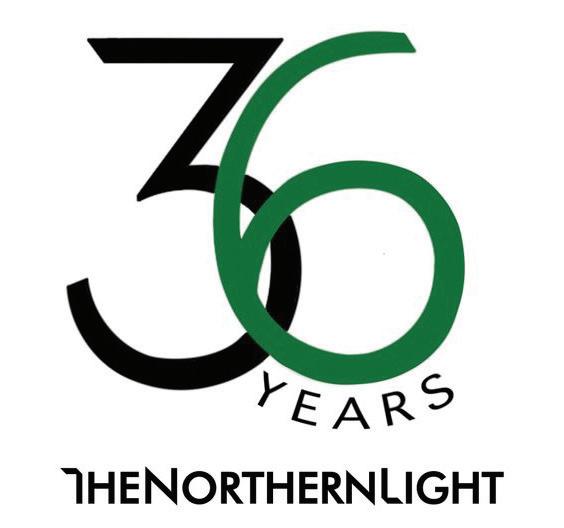

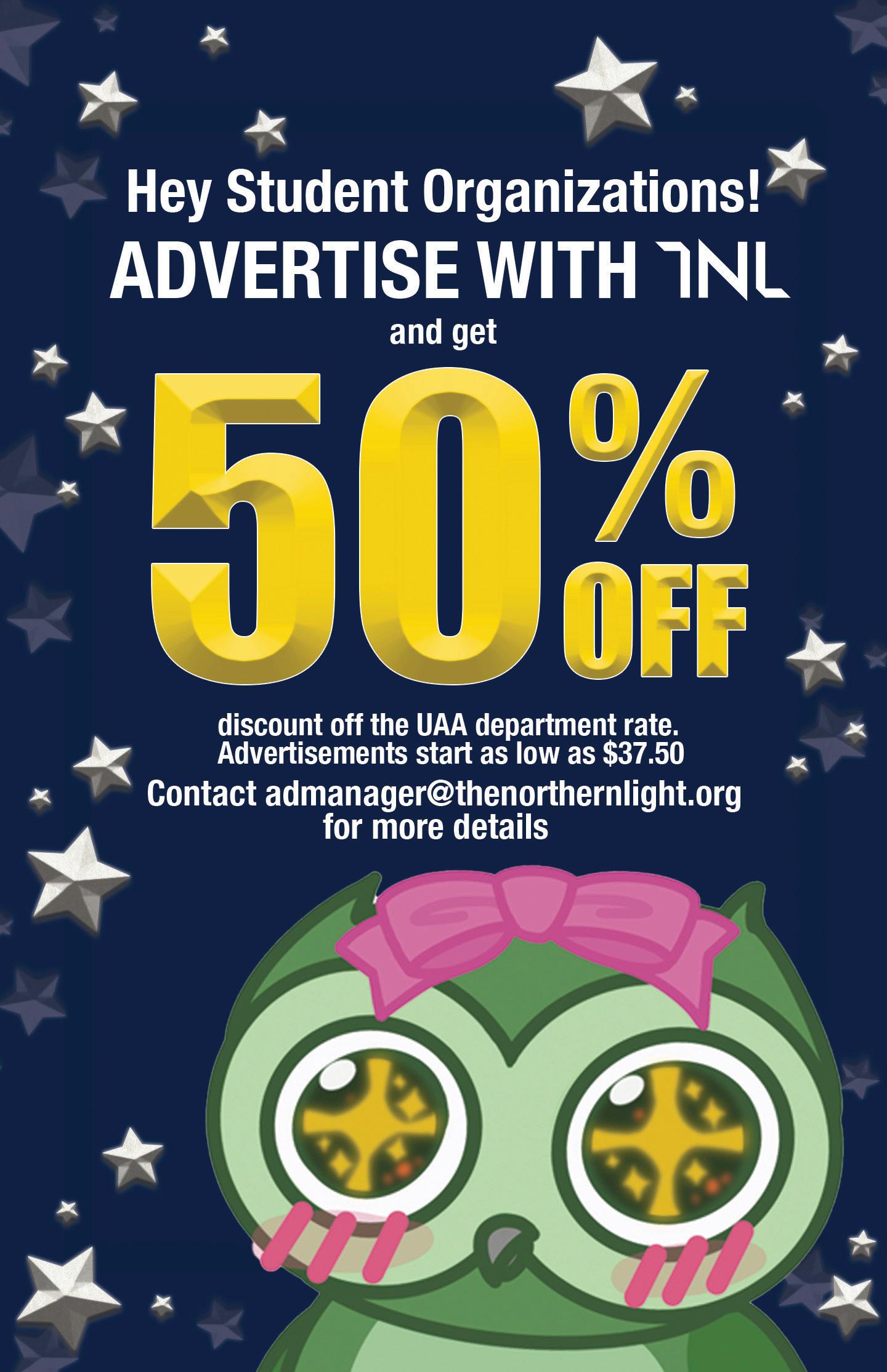




By Scott Hobbs columnist1@thenorthernlight.org
I treat school like a job. My one goal at this institution is to show up, do my work and get my degree. Anyone who ruins that experience for me is a terrible person.
College isn’t cheap, so why are you here wasting my time with your antics? I know it’s only 8 p.m., but you having two people over to hang out in your Mac is killing my ability to do my homework.
I know I could just put on noise-canceling headphones, but now I feel the need to lecture you on why your choices are horrible and you’re going to be a failure in life.
Every day I wake up and ask myself: Where will partying in college lead? With every interaction that I have with other people, I find a more clear an-
swer: Partying is a detestable sin, and if you party, you’re going straight to hell.
In recent weeks, people have been warming to the idea that fun is allowed to be had on campus — I’m here to put an end to that.
We all need to focus on school, not interact with anyone, and go straight from our classes back to our dorms without talking to people so we can work on our homework. I’m appalled that anyone would want more than that out of their college experience.
I have a saying: The best campus is a silent campus. I came to UAA because I was promised there would be no social interaction and everyone would be reasonable water drinkers. I was assured no one would want to interact with each other and that there would certainly be no party animals. Yet, this year so far is the
worst that it has been! People are getting ideas that there will be campus life again, and that it’s OK to build a community with each other. I say it’s not. Even my editor wrote an article trying to embolden a resurgence of social life on campus!
I know people yearn to keep their social life from high school alive for as long as possible before they get stuck in a cubicle for the rest of their lives, but why wait to stop socializing?
Your favorite sight should be the bland, empty walls of your dorm as you stare off into space alone in the quiet on a Sunday night, since that’s what you’ll be doing in four years anyway.
Everyone knows that if parties start happening, smaller gatherings will vanish in favor of substance-fueled benders. Soon enough, campus will be the site of a “Project X”-level meltdown, where no one is going to class and everyone is trying to keep the party going just a little bit longer.
Anyone who advocates even for responsible partying is just hiding behind that facade in an attempt to have an enjoyable experience at school. Why are you trying to ruin the very reason I came to this campus?
If you can’t handle a quiet and miserable environment, you shouldn’t ruin it for the rest of us with your delusions of having fun and making life enjoyable for people. If that’s what you wanted, why didn’t you go to any other school and booze it up with other partygoers?
Quiet hours exist for a reason. I get that my roommates have friends they rarely get to see, but when you’re talking in our common area at a reasonable volume, that is just unacceptable. And what’s really absurd is when people have a reasonably contained party and make a bit of noise on the weekend.
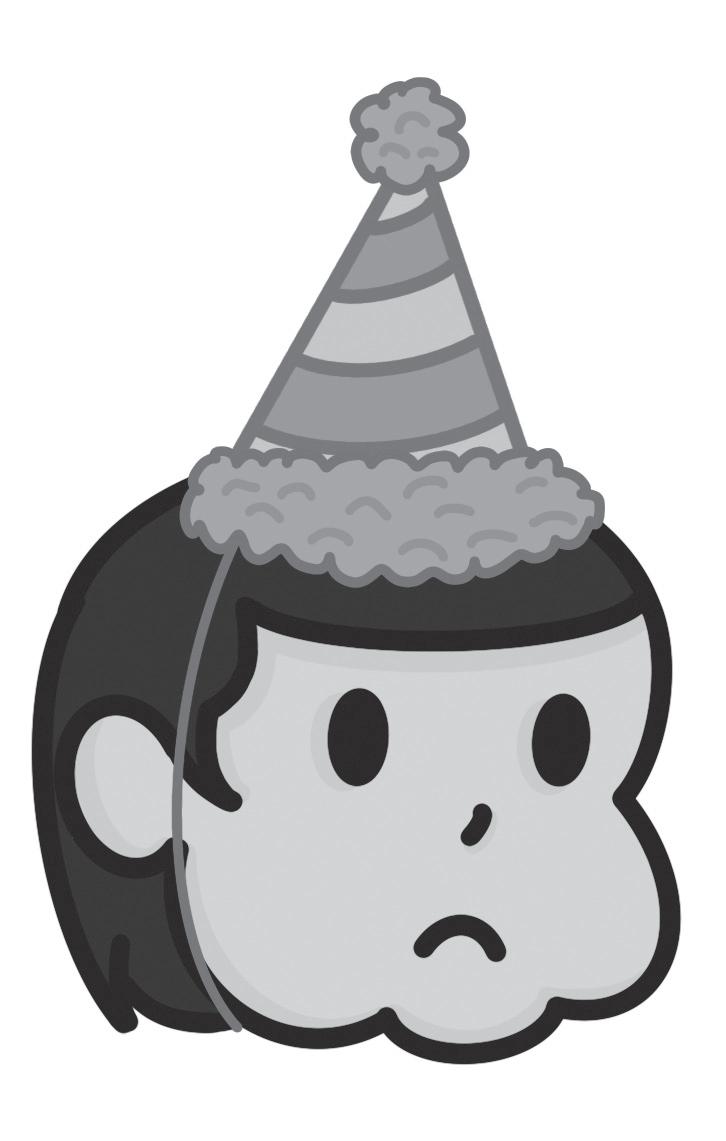
I can’t believe there have been recent calls for more social life on campus. I’m appreciative of efforts from the university to crush the social life out of campus. Instead of having a “be there or be square” attitude around parties, people need to just be square. You’re ruining the quiet for the rest of us, and if you have any social life at all, you should be ashamed of yourself.
Black cultural and liberation movements have always been male-centered, while simultaneously being backed up by women. Why is that?
By Nahla White columnist2@thenorthernlight.org
Disclaimer: I am in no way a man-hater. I acknowledge that while patriarchy is a social system that is structured to benefit men, not all men benefit from it. I am simply discussing the effects of patriarchy within Hip Hop culture. Do not twist my words.
Hip Hop, much like any other significant social and cultural movement, has always been forefronted by men, with women’s voices being suppressed and overshadowed. In this next mini-series, I’m going to discuss the complexities of women’s presence in Hip Hop and rap music, going over our contributions and the ways we have shaped — and will continue to shape — the sound of the genre. If the back-to-back Kendrick articles didn’t make it obvious, I am in love with Hip Hop. It was the culture that I was raised on and the one that I’ve come to
identify with over the past few years, but my experiences within the culture often place me at a crossroads.
A lot of the criticism directed toward Hip Hop and rap deals with the misogyny and degradation of women considered adjacent to the culture. It is all too common for a rapper to drop the word “bitch” or “hoe” at least a million times — as if the terms are synonymous with “woman.”
While I can usually turn my brain off in order to enjoy the music and have fun, I can’t ignore the much greater societal implications forever: Hip Hop has a patriarchy problem.
The term “intersectionality” was first adopted by Kimberlé Crenshaw in 1989 and was originally used to explain the complexities of different sociological identities and how they shape a person’s experience in greater society. While it is most commonly associated with race and feminist theory, it is applicable to many different marginalized
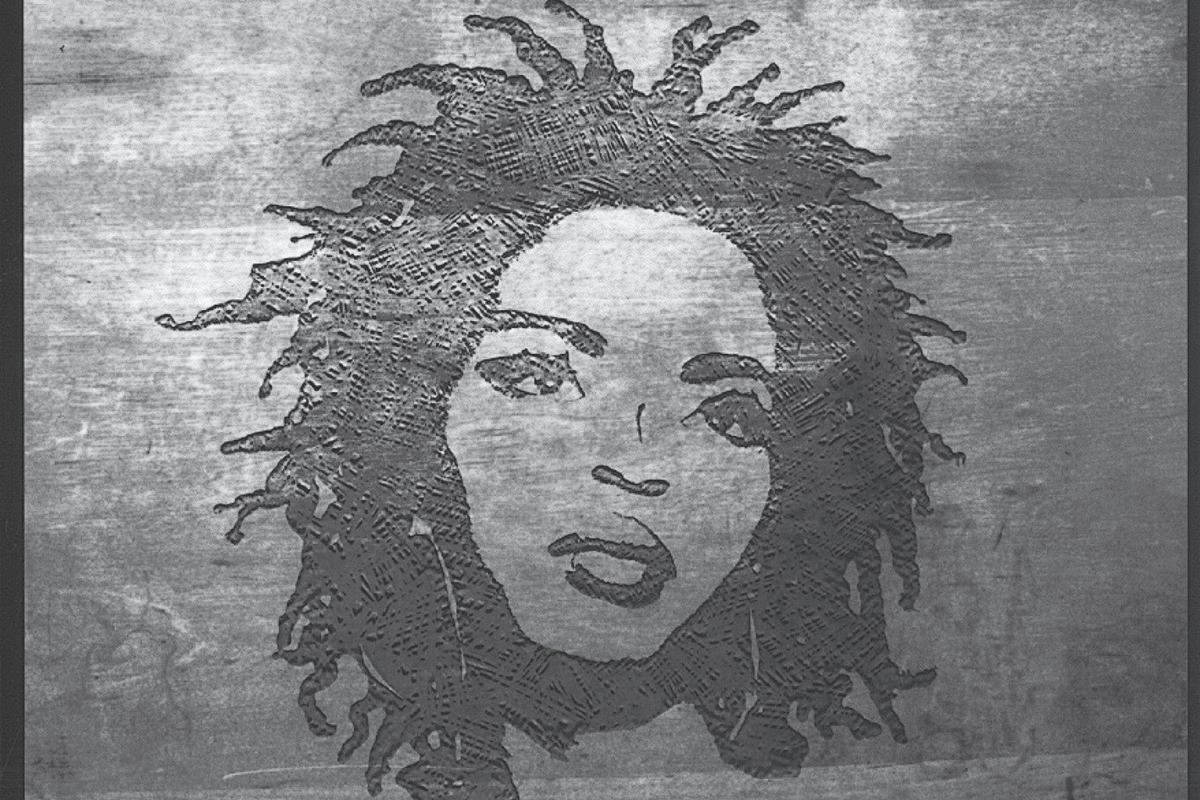
communities and is often used to discuss disparities within social movements.
While I had known about the concept of intersectionality for a while — and had always been aware of the dichotomy between feminism and mainstream rap — it wasn’t until I read Robin Boylorn’s “Killing Me Softly or on the Miseducation of (Love and) Hip Hop” that I was finally able to put a label on the community I had always been a part of, but never knew existed: Hip Hop feminists.
I would say that the label is self-explanatory. Hip Hop feminism addresses the perception of women throughout the culture of Hip Hop and rap music. It’s a much broader label than many people would expect. Hip Hop feminism encompasses everything from the “tough girl” act that women like Lady of Rage embodied in Hip Hop’s early stages to the overtly feminine image that was first made popular by the likes of Lil’ Kim and refined by Nicki Minaj.
Since the beginning, women have always been a central part of the culture, yet our contributions have always been overshadowed by the presence of overt masculine performances that have become heavily associated with the image of Hip Hop.
In short, the standard of masculinity that is advertised as the “right” way to be, has typically been reserved for white, nonqueer men. Slavery — and by extension the dehumanization of Black people — resulted in Black men being emasculated and disregarded as “real men.” Oftentimes they were reduced
to a hyper-masculine caricature that resembled animalistic characteristics, further supporting the claims at the time that Africans were closer related to apes than human beings. This treatment resulted in Black men’s need to overcompensate for their masculinity.
The images we as a society usually associate with Hip Hop perpetuate the stereotypical characteristics of hegemonic masculinity. These characteristics include displays of strength, power, control over women and “hostility towards gender nonconformance ” according to Marquis Bey, an assistant professor of African American Studies and English at Northwestern University.
To bring this back to Hip Hop feminism, the marketability of these masculine-centric performances made it nearly impossible for women to break into the mainstream in the same way that men were able to.
I think the best example of this is the classic “greatest of all time,” or “G.O.A.T.,” conversation. When the debate of who is the G.O.A.T. comes to fruition, many people throw out the names of male rappers.
However, that same reservation is often withheld from female rappers — with female rap usually being hailed as its own subgenre within the greater sphere of rap music. As such, the argument typically boils down to who the greatest female MC of all time is, rather than acknowledging that female rappers occupy the same spaces as male rappers.
Our presence within the Hip Hop community is always an
afterthought, and I think this is in no small part due to the presence of overt masculinity present within the culture — Hip Hop’s patriarchy problem.
When discussing the patriarchal foundations of Hip Hop, I’d like to propose a theory that would help form the basis for many of my arguments going forward: Patriarchal societies hate femininity and nearly everything associated with it.
This is not me saying that all men are misogynistic — I’m sure plenty of you love y’all’s moms — but I do believe that this model prevents women from winning. It’s why our music is oftentimes swept under the rug, regardless of our public appearance and the subject matter of our lyrics.
More sexually promiscuous acts, such as Cardi B and Megan Thee Stallion face no shortage of criticism for how open they are about their sexuality in their music. In an interview with Complex, Snoop Dogg sums up a lot of the critiques perfectly, with the rapper claiming that women should hold a certain air of respectability around their sexuality and their music.
Even for women who aren’t nearly as vocal about sex, a lot of their music is either dismissed or isn’t given nearly the attention it deserves. Noname is one of my favorite rappers currently and is most notable for her outspokenness on social issues and political activism. Despite being affiliated with numerous artists from the Dreamville label, and being one of the few rappers to go against J. Cole in a rap beef, her Spotify monthly listeners sit at just under 700,000 — a considerable amount less than Cole’s 40.4 million monthly listeners.
Even as women’s lyricism continues to venture in more fun, extravagant and unique directions, we always find ourselves five steps behind many of our male peers, causing us to aim for new heights in order to gain society’s respect and recognition.
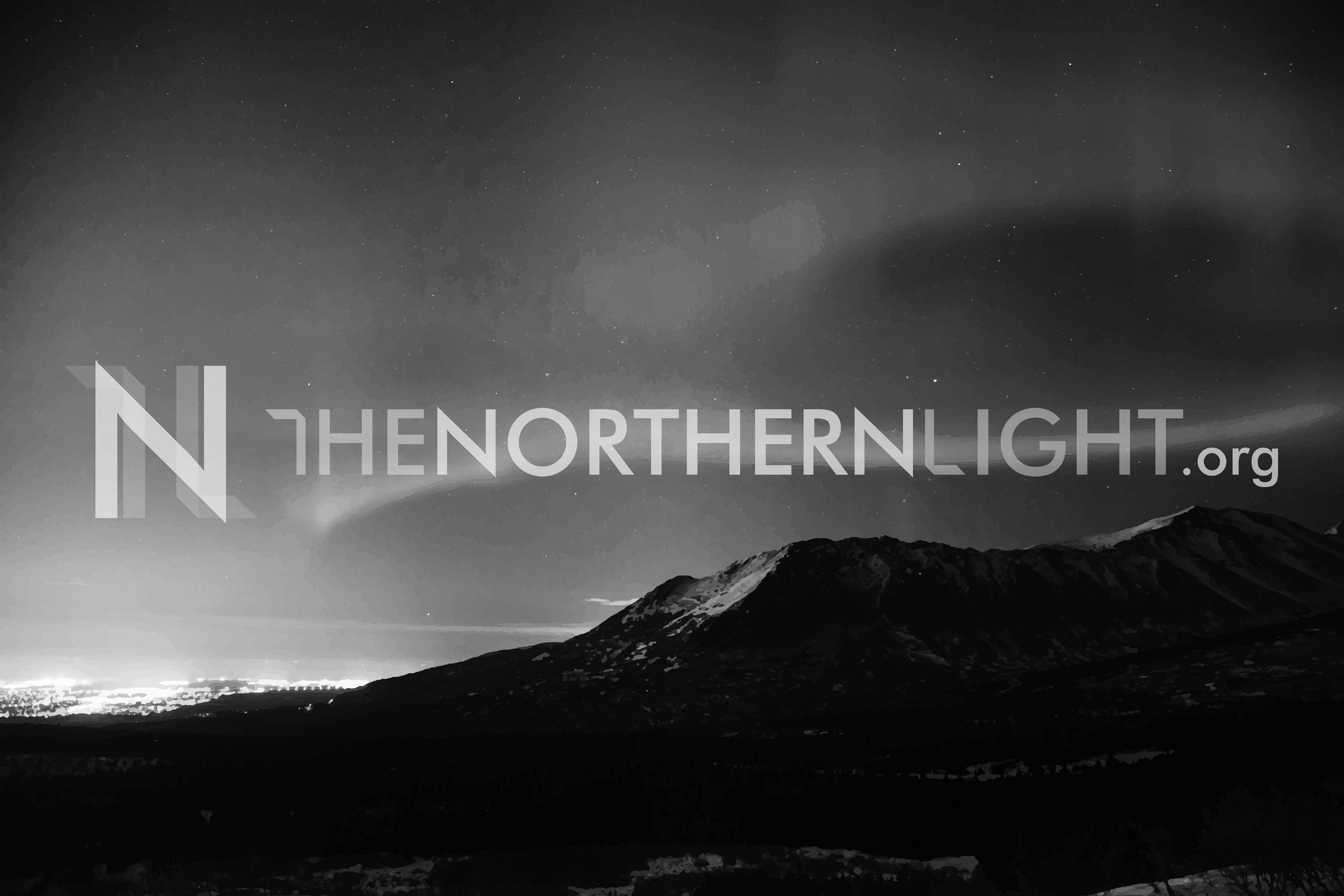
3211 Providence Drive
Student Union 113 Anchorage, AK 99508
Executive Editor Matthew Schmitz (907) 786-1313 editor@thenorthernlight.org
Advertising and Communications Manager Kaitlyn Gaub (907) 786-6195 admanager@thenorthernlight.org
Managing Editor Kyle Ivacic managing.editor@thenorthernlight.org
Associate Editor
Hannah Dillon associate.editor@thenorthernlight.org
Multimedia Editor
Raye M. White multimedia.editor@thenorthernlight.org
Layout and Web Editor
Linnaea Gossard layout@thenorthernlight.org
Columnist Editor Tanner Croft columnist.editor@thenorthernlight.org
Copy Editor Murat Demir copy.editor@thenorthernlight.org
Reporter Patrick Doty reporter2@thenorthernlight.org
Columnist Scott Hobbs columnist1@thenorthernlight.org
Columnist
Nahla White columnist2@thenorthernlight.org
Multimedia Journalist
Vadim Bledsoe video2@thenorthernlight.org
Multimedia Journalist Anja Burnett video1@thenorthernlight.org
Photographer Sarah Bennett photo1@thenorthernlight.org
Photographer Justin Cox photo2@thenorthernlight.org
Cartoonist Alex Luangasa cartoons@thenorthernlight.org
Graphic Designer Edleen Guiao graphics@thenorthernlight.org
Advertising Sales Representative Cee Xiong advertising1@thenorthernlight.org
Advertising Sales Representative Skye Smith advertising2@thenorthernlight.org
Media Adviser Paola Banchero
Administrative Adviser Zac Clark
Fiscal Technician
Micah Perino
The Northern Light is hiring! See our job listings at careers.alaska.edu.

The Northern Light is a proud member of the Associated Collegiate Press. The Northern Light is a bi-weekly UAA publication funded by student fees and advertising sales. The editors and writers of The Northern Light are solely responsible for its contents. Circulation is 1,500. The University of Alaska Anchorage provides equal education and employment opportunities for all, regardless of race, color, religion, national origin, age, sex, Vietnam-era or disabled-veteran status, physical or mental disability, changes in marital status, pregnancy or parenthood. The views expressed in the opinion section do not necessarily reflect the views of UAA or the Northern Light.
The University of Alaska is an affirmative action/equal opportunity employer and educational institution. The University of Alaska does not discriminate on the basis of race, religion, color, national origin, citizenship, age, sex, physical or mental disability, status as a protected veteran, marital status, changes in marital status, pregnancy, childbirth or related medical conditions, parenthood, sexual orientation, gender identity, political affiliation or belief, genetic information, or other legally protected status. The University’s commitment to nondiscrimination, including against sex discrimination, applies to students, employees, and applicants for admission and employment. Contact information, applicable laws, and complaint procedures are included on UA’s statement of nondiscrimination available at www.alaska. edu/nondiscrimination.
The Northern Light encourages readers to express their views in the newspaper. The Northern Light reserves the right to reject or publish any submission, online or in print.
Letters to the editor can be submitted to editor@thenorthernlight.org. The maximum length for a letter to the editor is 300 words, and 150 words for letters specifically endorsing candidates for federal, local, or university office. A letter to the editor is written by someone who does not have authoritative knowledge on the subject they are discussing. Contributors are restricted to one published letter to the editor per month.
Opinion pieces can be submitted to editor@thenorthernlight.org. The maximum length for a contributor’s opinion piece is 500 words. Contributors are restricted to one published opinion piece per month. Opinion pieces written by staff of The Northern Light are limited to 1,000 words. An opinion piece that is published in The Northern Light should be written by someone who has authoritative knowledge on the subject they are discussing.
Letters and opinion pieces are subject to editing for grammar, accuracy, length and clarity. All letters and opinion pieces must include names, major and/or group affiliation and contact information for verification purposes. The Northern Light will not publish anonymous letters or pseudonyms. Requests for corrections can be sent to editor@thenorthernlight.org. Print publication is subject to accuracy and available space. All corrections are posted online with the original story at www. thenorthernlight.org. The deadline for submissions is the Friday before publication at noon, no exceptions.
The Northern Light newsroom is located on the first floor of the Student Union Room 113.
By Justin Cox photo2@thenorthernlight.org
To kick off Homecoming week, Seawolves Hockey hosted the top-ranked and defending national champions, University of Denver on Oct. 5. As part of Homecoming, students were able to get free hoodies, and UAA had food trucks at the Avis Sports Complex along with the Seawolves Pep Band. UAA was defeated 6-2 by Denver, with Aiden Westin scoring once in the first period and Joey Potter scoring in the third.
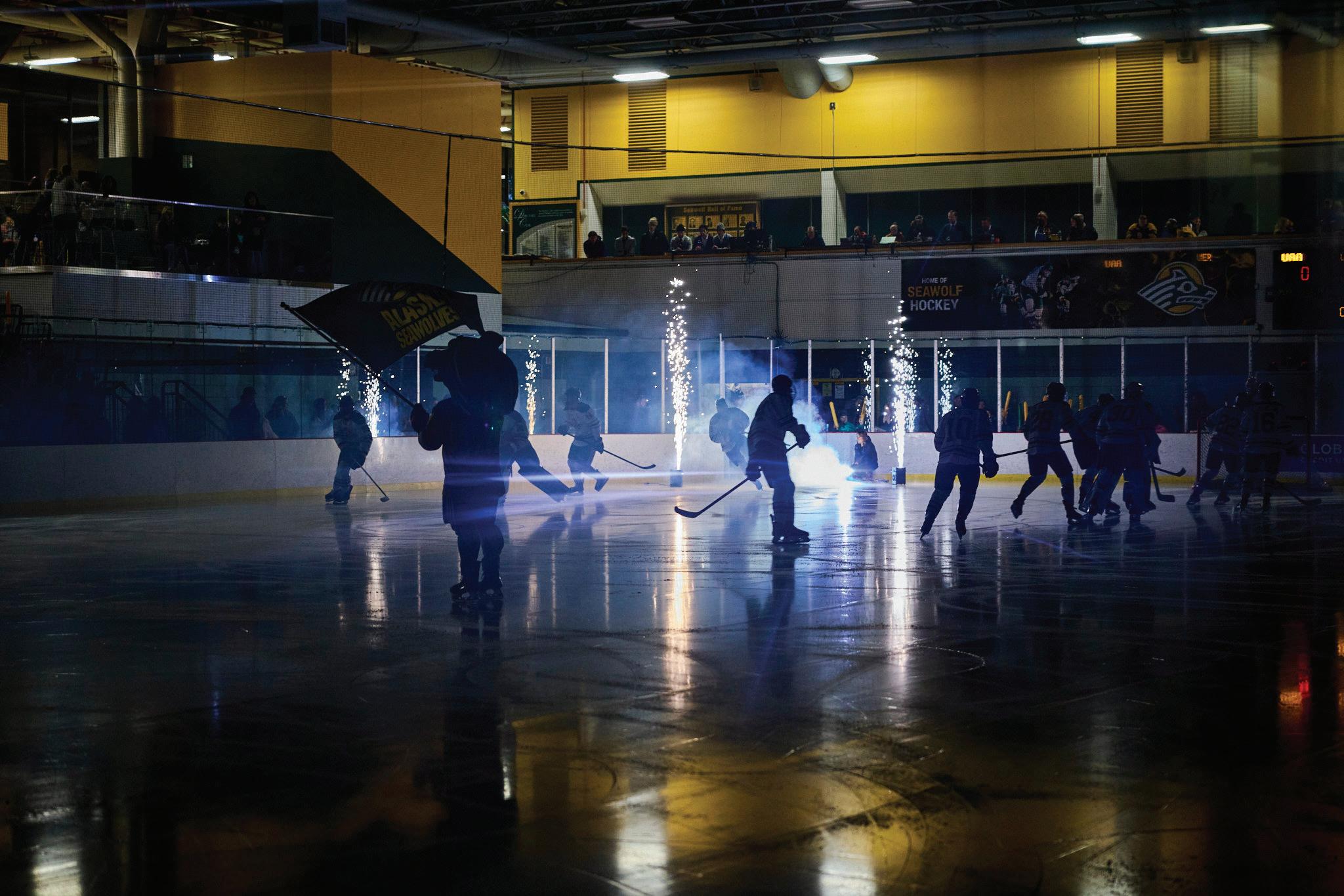
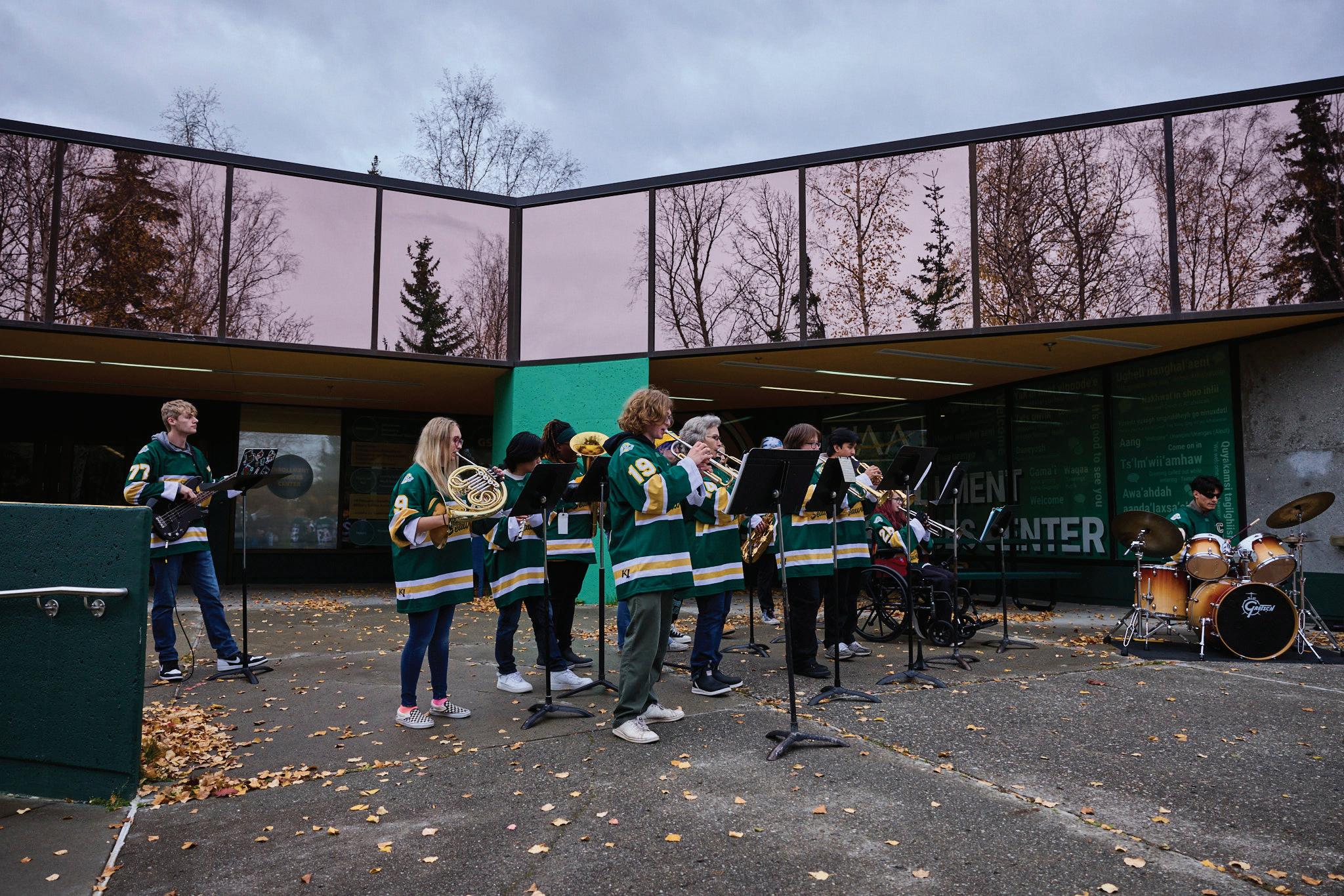

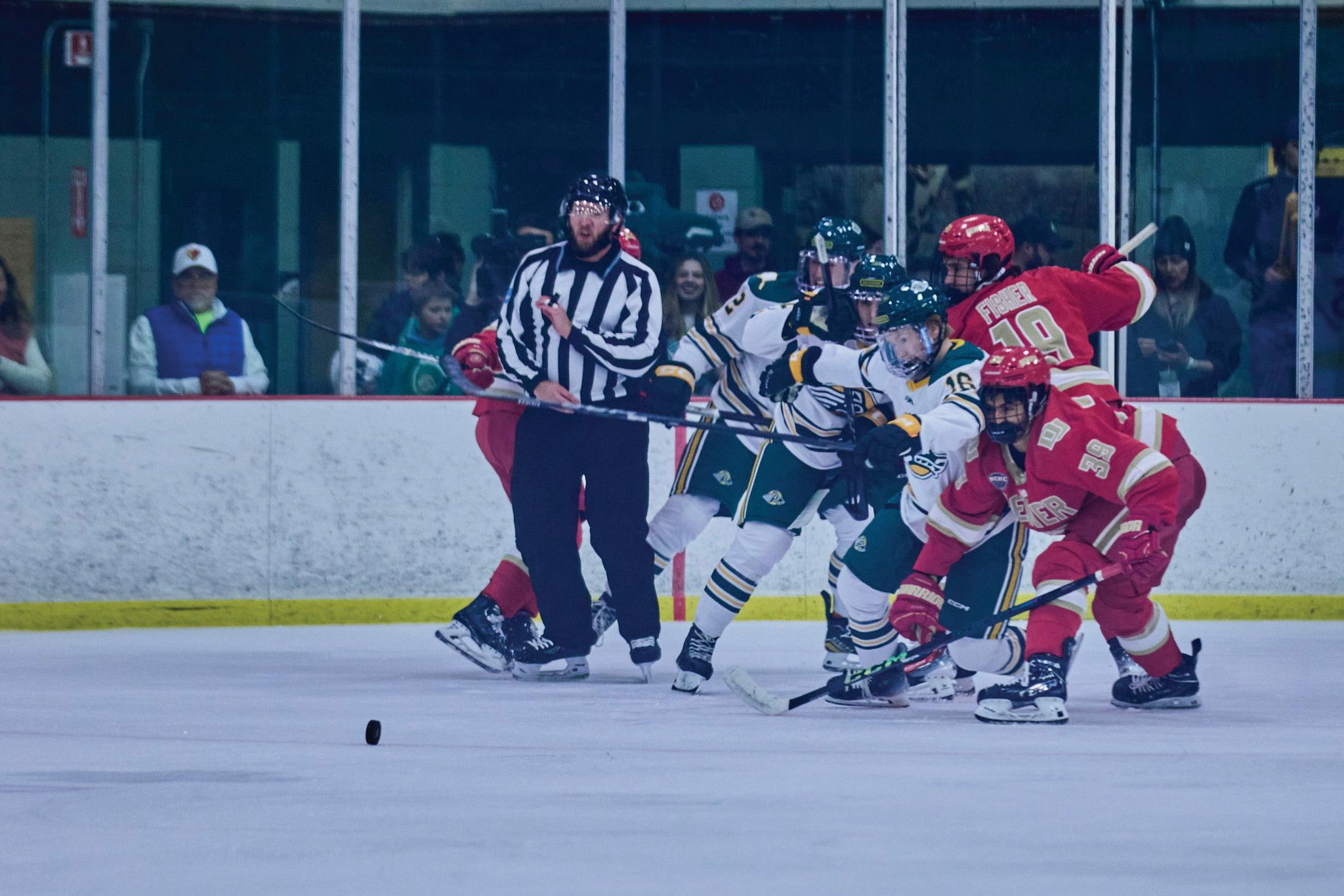
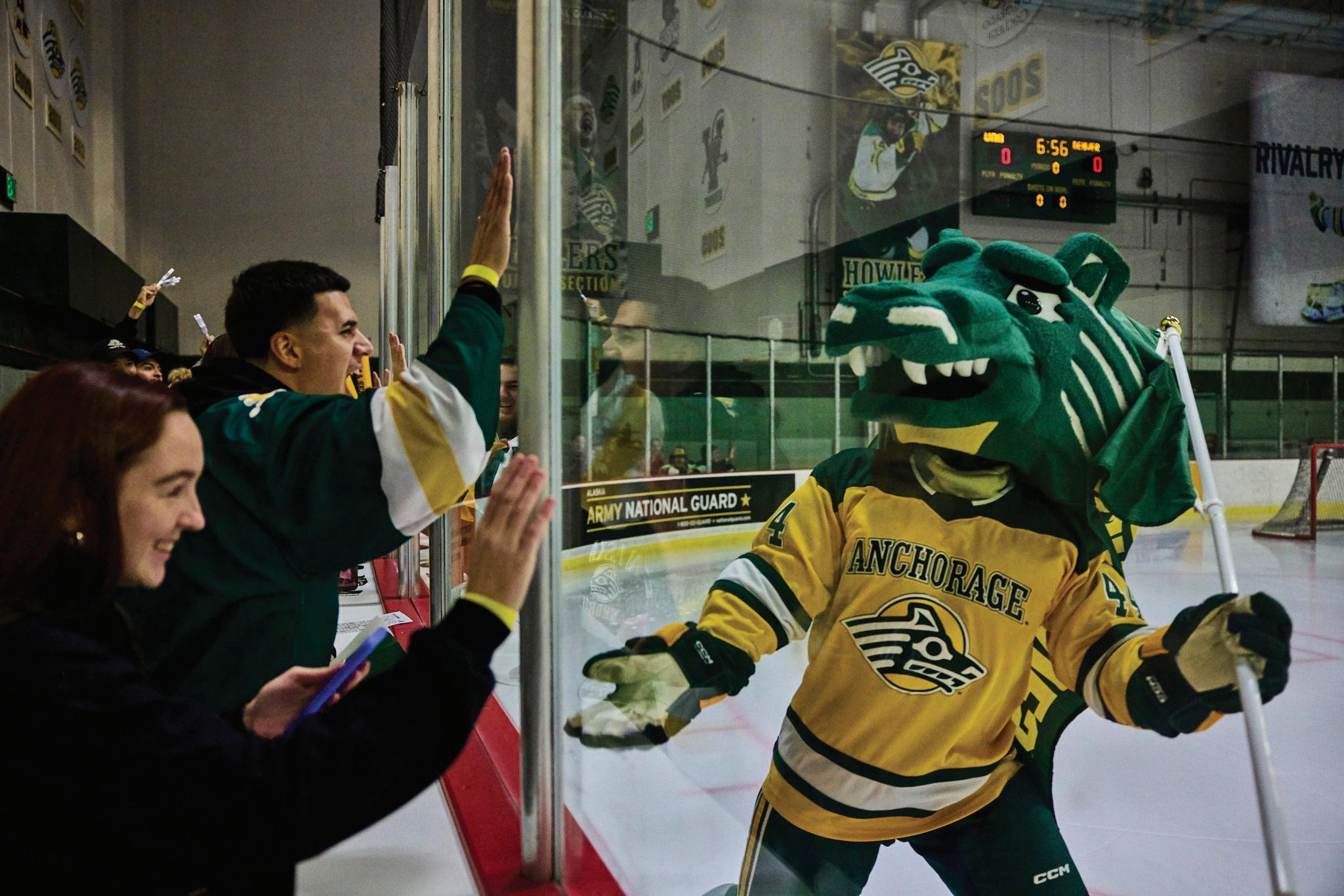
By Justin Cox photo2@thenorthernlight.org
To round out homecoming week, Seawolves volleyball took on the top-ranked Central Washington Wildcats at the Alaska Airlines Center. The Seawolves kept up the pressure through all four sets of the match but ultimately fell to the Wildcats, 3-1. Tia Allen and Katie Birtcil pressured the Wildcats throughout, each scoring 12 kills . The Seawolves travel to Fairbanks next to face the Nanooks on Oct. 17.
